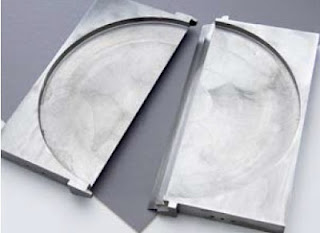Tungsten Nuclear Radiation Shielding
Tungsten nuclear radiation can be broadly classified into three categories. These three categories are labeled with the first three letters of the Greek alphabet: ά (alpha), β (beta) and γ (gamma). Alpha radiation consists of a stream of fast-moving helium nuclei (two protons and two neutrons). As such, an alpha particle is relatively heavy and carries two positive electrical charges. Beta radiation consists of fast-moving electrons or positron (an antimatter electron). A beta particle is much lighter than an alpha, and carries one unit of charge. Gamma radiation consists of photons, which are without mass and carry no charge. X-rays are also photons, but carry less energy than gammas. Some materials absorb beta rays. You can measure this absorption by fixing beta source and a radiation monitor so their positions do not change.
Tungsten heavy alloy has high absorption rate on X rays and gamma rays. Tungsten is 60% better than lead in shielding against X rays and gamma radiation therefore; it can be significantly reduced in size.
Tungsten nuclear radiation shielding also has another characteristic, very high melting point. By this, tungsten alloy nuclear radiation shielding can be used in high temperature which can not be used with lead, for example nuclear scrap container.
Due to its unique characteristics, people use tungsten alloy nuclear radiation shielding in medicine, tungsten nuclear radiation shielding, such as collimator, tungsten alloy nuclear radiation shielding, beamline, PET syringe shield, vial shield, tungsten alloy nuclear radiation shielding is used to protect workers from the radioactive sources of the scanner used in security and aerodrome, coach stop, etc. Tungsten alloy nuclear radiation shielding is also used in the equipment of industrial radiography, pipe-line inspection (collimator or tungsten nuclear radiation shielding).

No comments:
Post a Comment